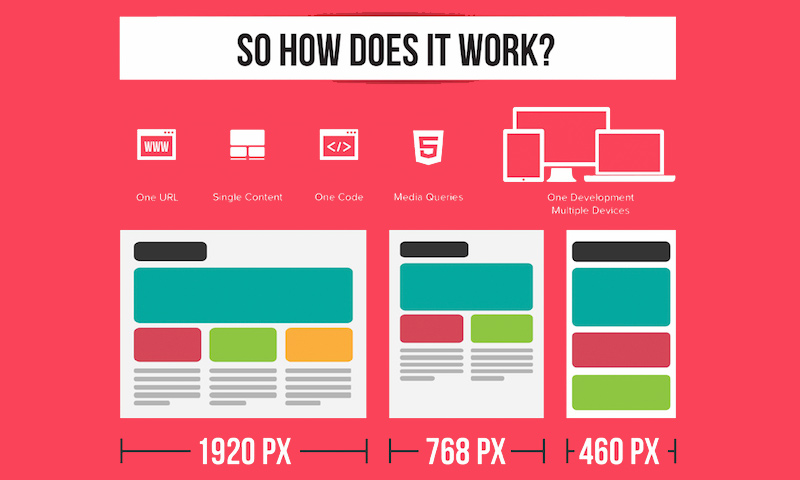Internet Site Layout Fundamentals: Tips For Building A User-Friendly Website
Internet Site Layout Fundamentals: Tips For Building A User-Friendly Website
Blog Article
Created By-Aguirre Daugaard
When it pertains to web site layout, ensuring user-friendliness is essential. From receptive design to streamlined navigation, every element plays a crucial role in developing a site that satisfies your audience's needs. However what regarding the finer details that can make or break a user's searching experience? Keep tuned as we discover some often-overlooked suggestions that can elevate your internet site's use to the following level, making it really stick out in the digital landscape.
Importance of Responsive Layout
Receptive design is a vital aspect of modern website development. Guaranteeing your website is receptive means that it can adapt to different display dimensions and tools, providing a seamless experience for individuals.
With the enhancing use of mobile phones and tablet computers to access the net, having a responsive layout is vital for reaching a broader audience. It helps in boosting individual experience by making your web site simple to navigate and continue reading any type of gadget.
In https://www.entrepreneur.com/article/414357 , receptive layout can favorably affect your online search engine rankings, as internet search engine like Google prioritize mobile-friendly sites. By having a responsive layout, you're additionally future-proofing your website, as brand-new devices with differing display dimensions continue to arise.
Simplify Navigating Framework
To boost individual experience and assist in very easy accessibility to details on your web site, streamlining the navigation structure is vital. When creating your site, focus on creating a clear and instinctive navigation menu that helps visitors discover what they're searching for swiftly.
Limitation the variety of food selection things to the fundamentals, organizing associated pages together to prevent frustrating customers. Use detailed labels that plainly show the web content of each page, making it much easier for users to comprehend where each web link will take them.
Think about applying dropdown menus for subcategories to stop jumbling the primary navigation bar. Additionally, consist of a search bar prominently on the web page for customers that favor looking for specific information.
Prioritize mobile responsiveness in your navigation layout to guarantee easy accessibility on all tools.
Maximize Page Tons Rate
Improving web page load rate is important for keeping visitors on your website. Slow-loading web pages annoy customers and can result in high bounce rates. To optimize page lots speed, start by maximizing images. Press photos without compromising quality to decrease their data sizes.
Furthermore, enable internet browser caching to store often accessed resources in your area, accelerating lots times for returning site visitors. Minify CSS, JavaScript, and HTML files by getting rid of unnecessary personalities, remarks, and formatting, improving lots speed.
Think about making use of a web content delivery network (CDN) to disperse your internet site's content throughout numerous web servers worldwide, decreasing latency for users accessing your site from different areas. Lastly, limit the use of third-party manuscripts and plugins, as they can significantly impact tons times.
Conclusion
Finally, by incorporating receptive style, streamlining navigating, and optimizing page lots rate, you can create a straightforward site that appeals to a wider target market and improves customer experience. These essential elements make sure that visitors can easily gain access to and navigate your site across various gadgets, leading to enhanced interaction and contentment. By concentrating on https://lovelandcruisesandcharter90000.blogdun.com/33677361/the-definitive-source-for-choosing-the-perfect-wordpress-hosting-for-your-online-presence , you can build an effective site that maintains individuals returning for more.
